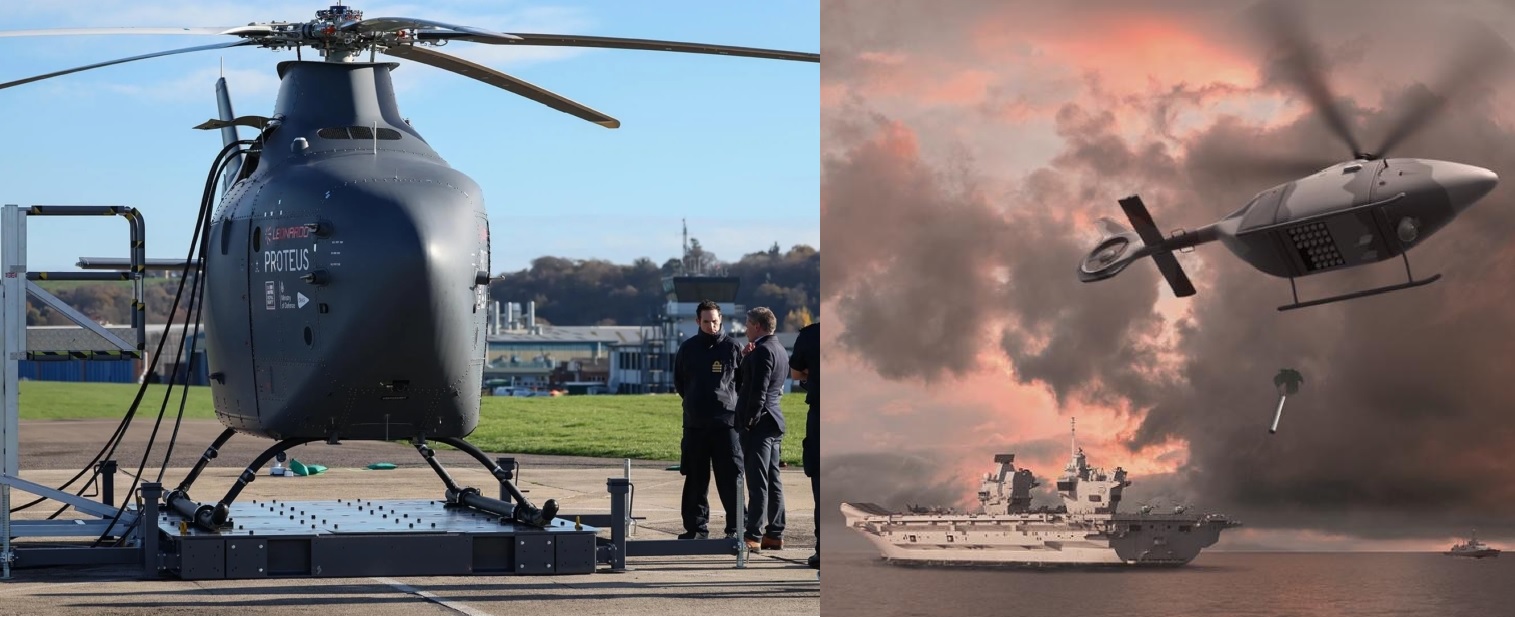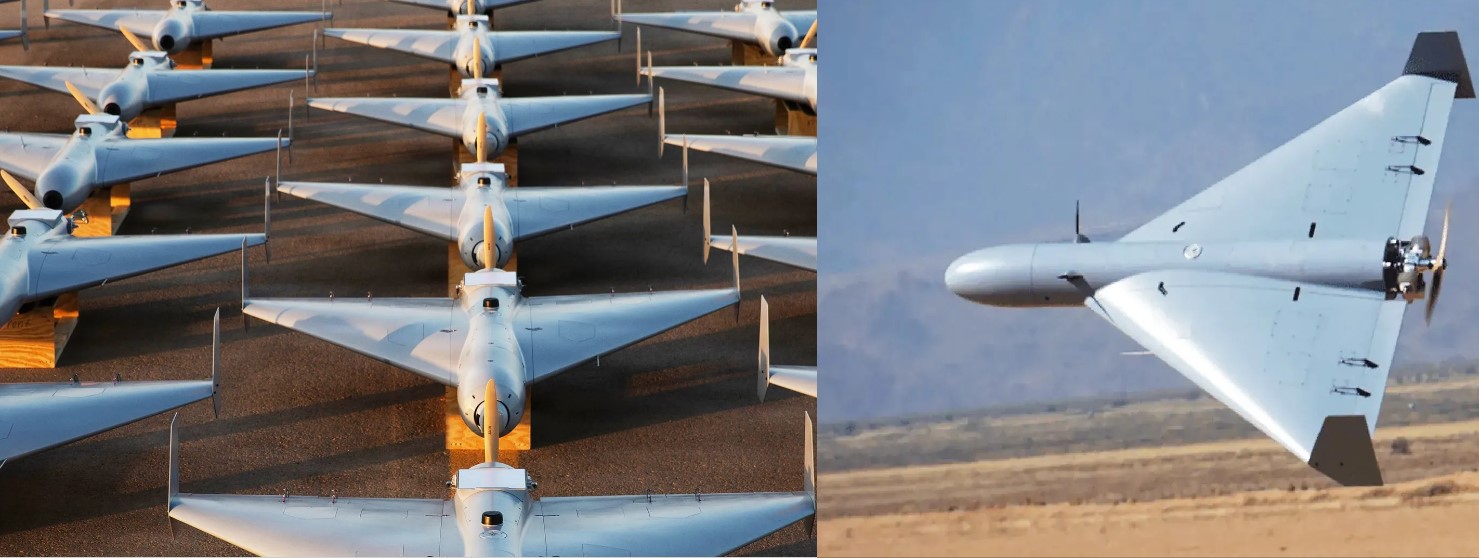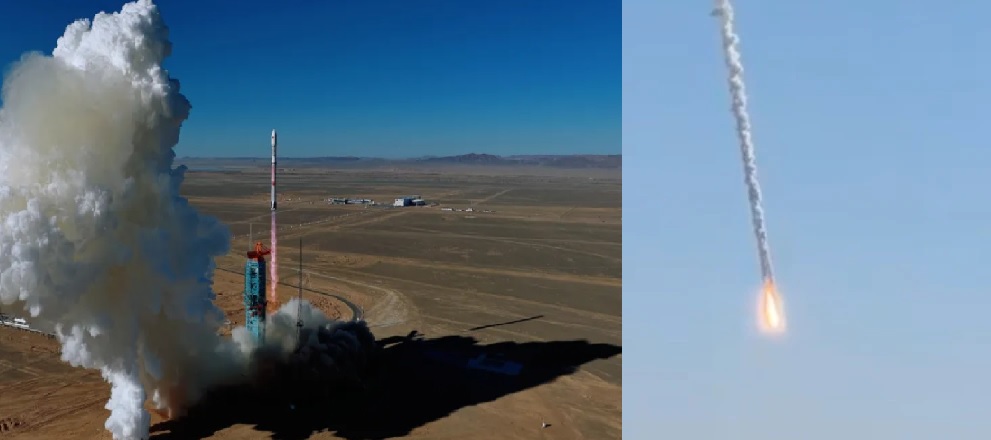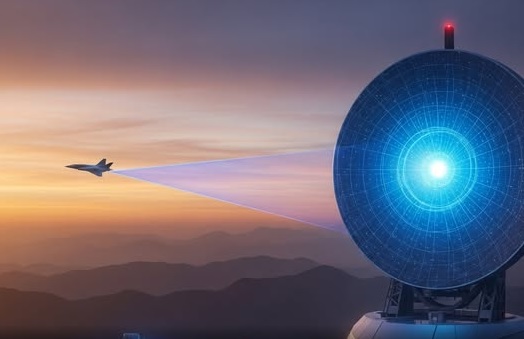Roketsan Unveiled Şimşek-2, Space Launch Vehicle

At the Istanbul Expo Center during IDEF 2025, Roketsan unveiled the Şimşek-2, a new-generation space launch vehicle designed to deploy payloads up to 1,500 kg into sun-synchronous orbit above 700 km altitude . With an overall length of 39.2 m, the rocket features a 3.3 m diameter first stage, while the second stage and fairing have 3.0 m diameter . Propulsion is split: the two primary stages run on RP-1/LOX, while the kick stage uses hypergolic liquid propellants . Roketsan plans its first launch in 2027 .
Roketsan’s Journey into Space and Sounding Rockets
Founded in 1988, Roketsan initially focused on missile and rocket systems, becoming a prominent exporter in various guided and unguided munitions . In 2015, it established the Satellite Launch, Space Systems and Advanced Technologies Research Center, later renamed the Roketsan Research Center, dedicated to space-related technologies .
Under the MSLS Development Project, Roketsan launched a series of four sounding rockets by October 2020, including the SR-0.1 prototype, which reached approximately 136 km altitude and successfully deployed a scientific payload capsule—marking Turkey’s first independent rocket launch for scientific purposes . Flight tests continued into 2018 with a noted 100% success rate, demonstrating Roketsan’s stage separation and controlled flight capabilities .
Satellites Deployed by Turkey (via Foreign Launchers)
While Roketsan hasn't yet launched orbital rockets, Turkey has placed several satellites into orbit using foreign launch vehicles. Recent deployments (not via Roketsan) include:
-
Türksat-5A, launched January 8, 2021, by SpaceX’s Falcon 9 to geostationary orbit .
-
The Türksat-6A (first fully domestically produced communications satellite) launched July 8, 2024, also aboard a Falcon 9 .
-
Multiple Plan-S IoT Connecta small satellites, along with university payloads (e.g., ITU SSDTL, PAUSAT-1), were deployed via Falcon 9 rideshare missions in August 2024 and January 2025 .
Turkey’s Launch Experience from Ground
| Launch Type | Number of Launches | Success Rate | Notes |
|---|---|---|---|
| Sounding rockets (sub-orbital) | ≥4 (MSLS/SR-0.1 series) | 100% reported in 2018 tests | Achieved 136 km altitude and capsule deployment |
| Orbital launches (Roketsan-made) | 0 | N/A | Şimşek-2 not yet flown |
| Satellites launched (Turkey via foreign rockets) | Several (Türksat-5A, 6A, Plan-S, etc.) | All successful to date | Via SpaceX/others |
The Big Question: Can It Succeed at the First Attempt?
This is where Şimşek-2 faces its greatest challenge. Moving from a few successful sounding rocket flights to a full-scale orbital vehicle is a leap few nations have managed without multiple failed attempts. Orbital launch requires not just powerful propulsion, but also flawless stage separation, precise guidance, re-startable upper stages, and reliable fairing deployment.
Countries with long space pedigrees — the US, Russia, China, India and Japan even newer entrants like South Korea — needed years of testing and multiple tries before achieving consistent success. Roketsan’s advantage lies in missile propulsion expertise and a clean test slate, but the lack of actual orbital launch history means the 2027 flight will be a high-risk, high-reward gamble.
If Şimşek-2 works flawlessly on its first try, it will place Turkey in an elite group of nations to achieve orbit with a domestically developed launcher on their maiden attempt — a feat as rare as it is prestigious. But history suggests the odds are steep.
Why It Matters
A successful Şimşek-2 launch would give Turkey independent access to space, freeing it from reliance on foreign providers and opening the door to a domestic satellite launch market. Failure, on the other hand, could mean years of delays, redesigns, and budget strain — something that has happened to many new space programs worldwide.
The world will be watching in 2027, because for Roketsan, this is not just another test flight — it’s a leap of faith from a few sounding rockets to the front row of the global space race.
✍️ This article is written by the team of The Defense News.






